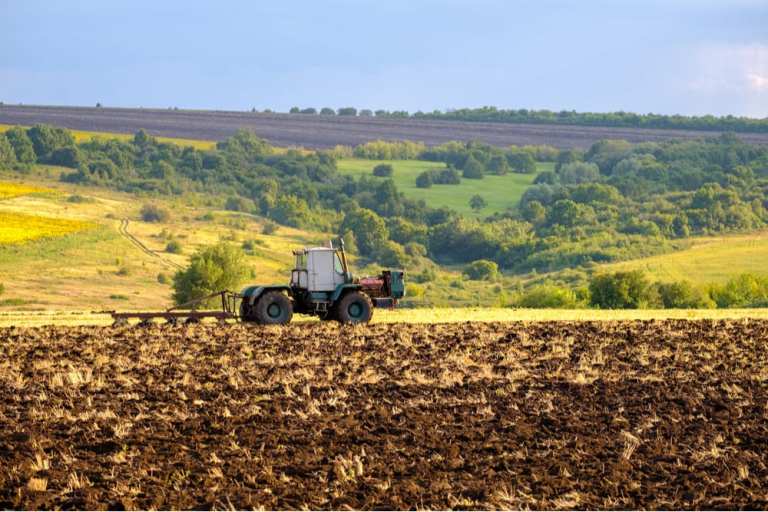
GrainChain, the farming blockchain system for agriculture and farming business, has moved to the Symbiont network, Assembly, a change which the company anticipates will help expand its business, according to a press release.
GrainChain currently works in Texas, Honduras and Mexico, and said it has the opportunity to go into other countries with agricultural and farming needs. The idea behind GrainChain is to help farmers, many of whom might be low-income, with fast payments that could help business stay afloat.
Daniel Truque from Symbiont’s Alternative Assets team said GrainChain’s mission of supporting farmers resonated with Symbiont. He added that, in many cases, the lack of digital means in the agricultural economy makes it so money doesn’t get to farmers in the way it should for the work they do.
Symbiont is an upgrade for the company, the release stated, that will allow it to grow more than previous network Hyperledger Fabric. GrainChain said it has experienced a better level of performance and can now offer its services to more farmers, buyers and grain elevators than before.
Symbiont, working with companies like Citi, Nasdaq, Ranieri, and Vanguard, has next-generation blockchain technology on its side and aims to improve financial markets infrastructure with its work.
GrainChain recently underwent a funding round that raised $8.2 million for the company. The leader in that round was Medici Ventures, the blockchain subsidiary of Overstock.com. Medici also has invested in Symbiont in the past.
Faster payments have been a focus for innovators lately, particularly with the coronavirus pandemic currently leaving families and businesses in disarray, many not knowing if they’ll be financially secure or when they’ll get paid next.
Amid the crisis, farmers have been proving their continued relevance even in the digital age. In middle America, farmers have been assisting people who don’t have as much access to grocery stores or mobile apps to deliver food. Farmers have been making deliveries to those customers and opening up makeshift stands to sell food during the crisis.